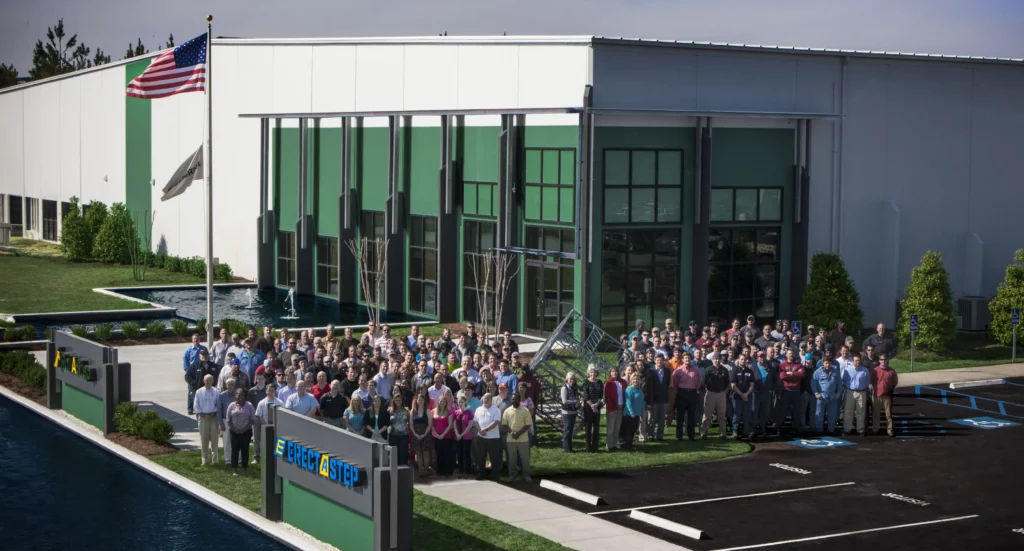
As seen on Automation.com, DCVelocity.com and Industrial Maintenance & Plant Operation
By Rob Honeycutt, Co-founder, SafeRack
Falls are among the most common causes of serious work-related injuries and deaths. OSHA recently announced the preliminary Top 10 most frequently cited workplace safety violations for fiscal year 2015 and fall protection (1926.501) ranks as its top violation with 6,721 citations for the year.
According to the Bureau Labor of Statistics, fatalities from falls, slips and trips increased 10 percent to 793 in 2014 from 724 in 2013. Transportation and material moving occupations accounted for the largest share (28 percent) of fatal occupational injuries of any occupation group. Fatal work injuries in this group rose 3 percent to 1,289 in 2014, the highest total since 2008.
In addition to these tragic deaths and unfortunate injuries, falls, slips and trips can create a considerable financial burden for companies. Workers’ compensation and medical costs associated with occupational fall incidents have been estimated at approximately $70 billion annually in the U.S, according to the CDC.
These sobering statistics underscore the importance of preventing workplace injuries and having adequate fall protection methods and technology safety products in place. Slips, trips and falls are preventable, and it’s vital that employers put effective workplace strategies in place to prevent employees from falling off of overhead platforms, elevated work stations or into holes in walls and floors.
Today’s OSHA standards require that fall protection be provided at elevations of four feet in general industry workplaces, five feet in shipyards, six feet in the construction industry and eight feet in longshoring operations. In addition, OSHA necessitates that fall protection be provided when working over dangerous equipment and machinery, regardless of the fall distance.
To deter employees from being injured from falls, OSHA recommends employers take the following steps:
- Use of a railing, industrial safety gates, floor hole cover or toe-board to guard all floor holes into which a worker can accidentally walk.
- Implementation of a guardrail and toe-board around every elevated open sided platform, floor or runway.
- Utilization of guardrails and toe-boards to prevent workers from falling into or onto dangerous machines or equipment, regardless of the height involved.
- Determination if other fall protection systems for certain jobs are required such as safety harnesses and lines, safety nets, stair railings and hand rails.
Training also is paramount to safe operations. Personnel loading and unloading materials must be instructed on safe procedures appropriate to the material they handle.
Implementation of effective fall prevention and protection technologies can go a long way in improving worker safety.
Rob Honeycutt is co-founder of Andrews, S.C.-based SafeRack, which engineers and manufactures industrial safety products, including custom loading platforms, gangways and fall protection equipment. Honeycutt can be reached via email at rob@sixaxisllc.com. More information on SafeRack is available at www.saferack.com.



